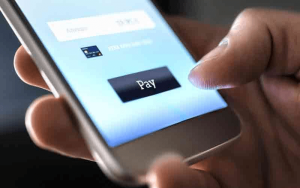Japan investors dump record amount of Aussie bonds in Feb, also sold US bonds
- That changed after the Reserve Bank of Australia slashed its interest rates to near zero percent.
TOKYO: Japanese investors sold a record 915.3 billion yen ($8.35 billion) (A$10.95 billion) of Australian dollar bonds in February, the peak month of a global bond market sell-off, finance ministry data showed on Thursday.
Bond prices tumbled earlier this year as vaccine rollouts and massive stimulus by the US administration fuelled hopes for a faster economic recovery from the coronavirus pandemic-induced shock.
Japanese investors went on a record Aussie bond buying spree last year when its bonds had become relatively attractive, due to bigger plunges in bond yields in many other developed countries.
"Reflecting elevated selling pressure, Australian fixed income was a big under performer through this period, with the benchmark AU/US 10-yr bond spread blowing out to about 50 basis points at one stage from 7 basis points at the start of the month," said Robert Thompson, macro rates strategist at RBC Capital Markets in Sydney.
The Australian 10-year bond yield rose to as high as 1.973% in late February. During the same period, US 10-year notes yield also rose, but less than Australian peers, to around 1.60%.
At the start of year, both stood around 0.95%.
In February, Japanese investors also sold 914.7 billion yen ($8.34 billion) of US dollar bonds, their first net selling in six months.
While Japanese investors have long been a big player in US bond markets, the world's largest, their massive foray into Australia is relatively new.
Many institutional players had limited exposure to Australia until last year because the cost of currency hedging against the Australian dollar used to be very expensive.
That changed after the Reserve Bank of Australia slashed its interest rates to near zero percent.
Because of such currency hedging, Japanese flows hardly have a limited impact on the Australian dollar/yen exchange rate.
Analysts said their selling may have subsided already and they could start buying again after their financial new year began on April 1.
"Australian bond yields are now attractive so there should be some demand from Japanese," said a strategist at a US brokerage.

























Comments
Comments are closed.